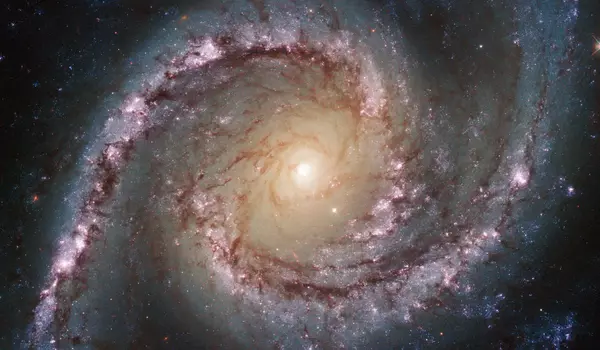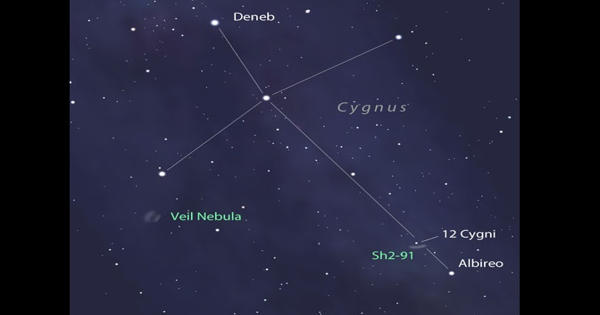An intermediate spiral galaxy is a type of galaxy that exists between the two main types of spiral galaxies: barred spiral galaxies and unbarred spiral galaxies. It is distinguished by a central bar-like structure that extends through the galactic nucleus, but the bar is not as prominent or well-defined as in barred spiral galaxies.
An intermediate spiral galaxy is one that falls between the classifications of a barred spiral galaxy and an unbarred spiral galaxy. Gerard de Vaucouleurs’ galaxy morphological classification system assigns it the designation SAB. Subtypes are labelled as SAB0, SABa, SABb, or SABc, following a sequence similar to the Hubble sequence for barred and unbarred spirals. The subtype (0, a, b, or c) is based on the relative prominence of the central bulge and how tightly wound the spiral arms are.
An intermediate spiral galaxy’s structure is typically composed of a central bulge surrounded by a disc of stars, gas, and dust. Spiral arms wind outward from the central bulge in a logarithmic spiral pattern. These arms are typically less pronounced and more loosely wound than those found in barred spiral galaxies.

The term “intermediate” refers to these galaxies’ transitional nature, as they exhibit characteristics of both barred and unbarred spirals. They have a bar, but it isn’t as prominent as it is in barred spirals, and their spiral arms are less tightly wound than in unbarred spirals.
Intermediate spiral galaxies are abundant in the universe and come in a variety of sizes and luminosities. The Milky Way’s close neighbour, the Andromeda Galaxy (M31), and the Triangulum Galaxy (M33), are both examples of well-known intermediate spiral galaxies. These galaxies are excellent models for studying galactic structure, dynamics, and spiral arm formation.
Understanding the properties and evolution of intermediate spiral galaxies adds to our understanding of galaxy formation and evolution in general, allowing astronomers to piece together the story of how galaxies like our own came into being and evolved over billions of years.
















